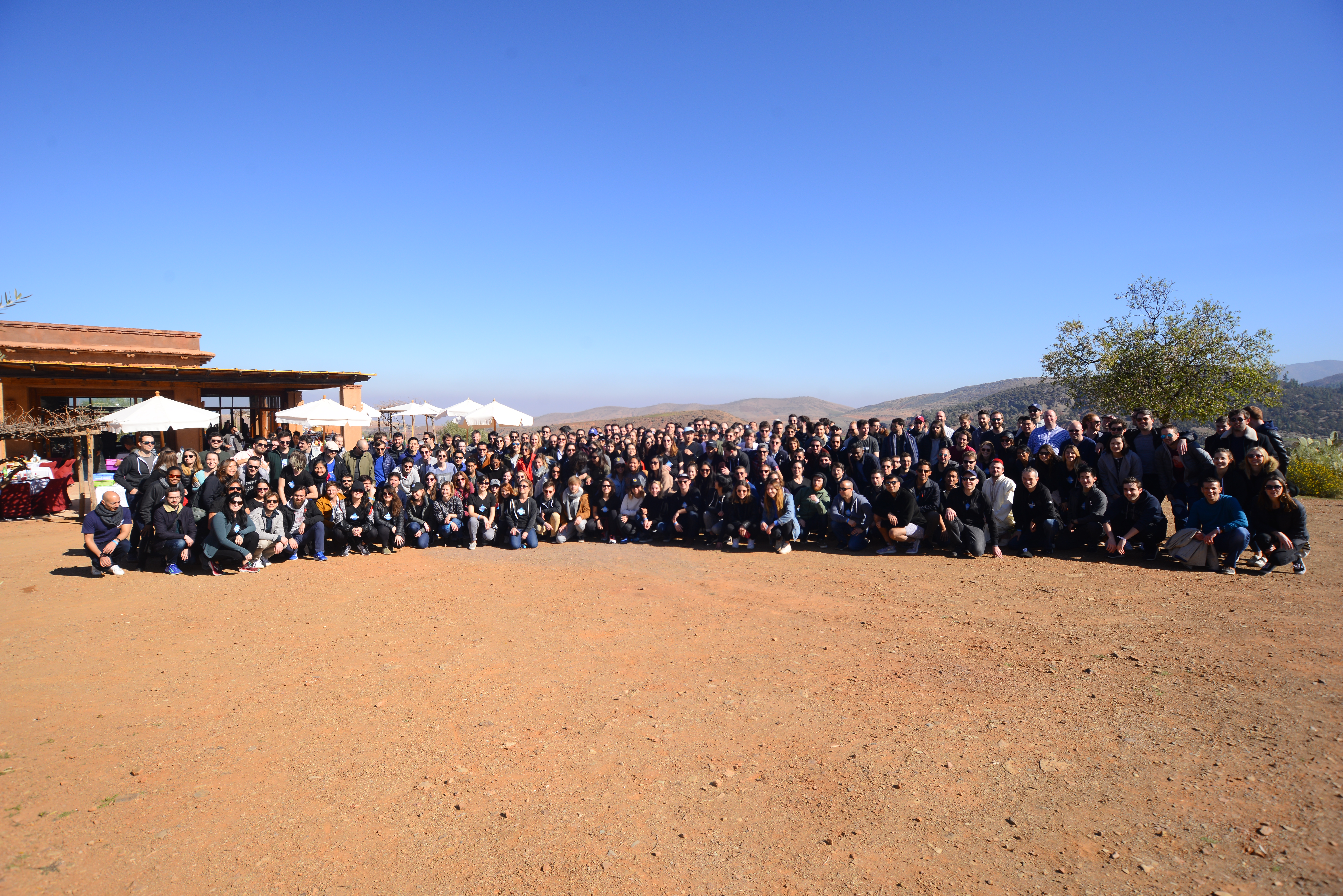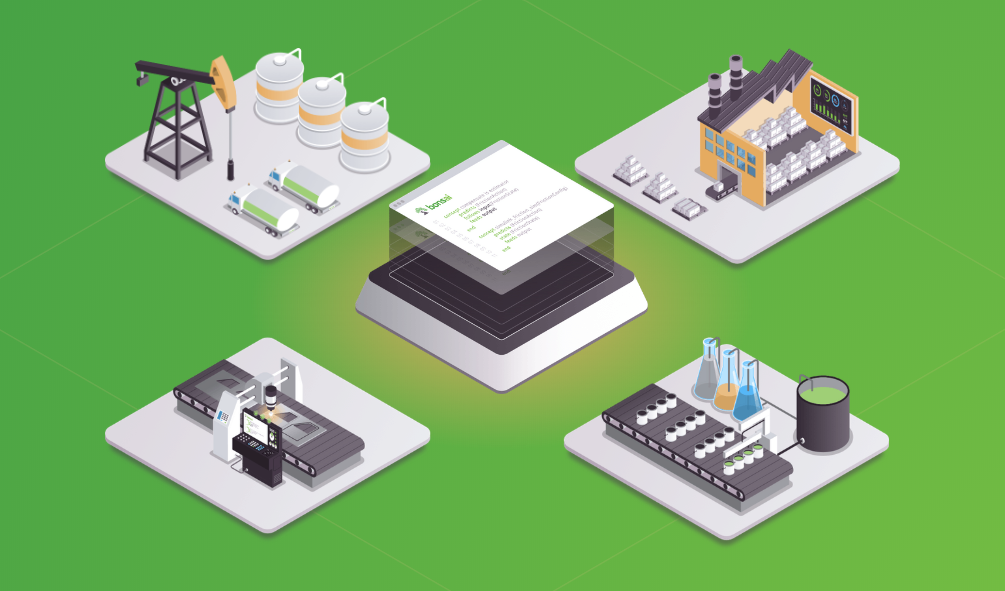With a large proportion of knowledge workers doing now doing their jobs from home, the need for tools to help them feel connected to their profession can be as important as tools to, more practically, keep them connected. Today, a company that helps do precisely that is announcing a growth round of funding after seeing engagement on its platform triple in the last month.
GO1.com, an online learning platform focused specifically on professional training courses (both those to enhance a worker’s skills as well as those needed for company compliance training), is today announcing that it has raised $40 million in funding, a Series C that it plans to use to continue expanding its business. The startup was founded in Brisbane, Australia and now has operations also based out of San Francisco — it was part of a Y Combinator cohort back in 2015 — and more specifically, it wants to continue growth in North America, and to continue expanding its partner network.
GO1 not disclosing its valuation but we are asking. It’s worth pointing out that not only has it seen engagement triple in the last month as companies turn to online learning to keep users connected to their professional lives even as they work among children and house pets, noisy neighbours, dirty laundry, sourdough starters, and the rest (and that’s before you count the harrowing health news we are hit with on a regular basis). But even beyond that, longer term GO1 has shown some strong signs that speak of its traction.
It counts the likes of the University of Oxford, Suzuki, Asahi and Thrifty among its 3,000+ customers, with more than 1.5 million users overall able to access over 170,000 courses and other resources provided by some 100 vetted content partners. Overall usage has grown five-fold over the last 12 months. (GO1 works both with in-house learning management systems or provides its own.)
“GO1’s growth over the last couple of months has been unprecedented and the use of online tools for training is now undergoing a structural shift,” said Andrew Barnes, CEO of GO1, in a statement. “It is gratifying to fill an important void right now as workers embrace online solutions. We are inspired about the future that we are building as we expand our platform with new mediums that reach millions of people every day with the content they need.”
The funding is coming from a very strong list of backers: it’s being co-led by Madrona Venture Group and SEEK — the online recruitment and course directory company that has backed a number of edtech startups, including FutureLearn and Coursera — with participation also from Microsoft’s venture arm M12; new backer Salesforce Ventures, the investing arm of the CRM giant; and another previous backer, Our Innovation Fund.
Microsoft is a strategic backer: GO1 integrated with Teams, so now users can access GO1 content directly via Microsoft’s enterprise-facing video and messaging platform.
“GO1 has been critical for business continuity as organizations navigate the remote realities of COVID-19,” said Nagraj Kashyap, Microsoft Corporate Vice President and Global Head of M12, in a statement. “The GO1 integration with Microsoft Teams offers a seamless learning experience at a time when 75 million people are using the application daily. We’re proud to invest in a solution helping keep employees learning and businesses growing through this time.”
Similarly, Salesforce is also coming in as a strategic, integrating this into its own online personal development products and initiatives.
“We are excited about partnering with GO1 as it looks to scale its online content hub globally. While the majority of corporate learning is done in person today, we believe the new digital imperative will see an acceleration in the shift to online learning tools. We believe GO1 fits well into the Trailhead ecosystem and our vision of creating the life-long learner journey,” said Rob Keith, Head of Australia, Salesforce Ventures, in a statement.
Working remotely has raised a whole new set of challenges for organizations, especially those whose employees typically have never before worked for days, weeks and months outside of the office.
Some of these have been challenges of a more basic IT nature: getting secure access to systems on the right kinds of machines and making sure people can communicate in the ways that they need to to get work done.
But others are more nuanced and long-term but actually just as important, such as making sure people remain in a healthy state of mind about work. Education is one way of getting them on the right track: professional development is not only useful for the person to do her or his job better, but it’s a way to motivate people, to focus their minds, and take a rest from their routines, but in a way that still remains relevant to work.
GO1 is absolutely not the only company pursuing this opportunity. Others include Udemy and Coursera, which have both come to enterprise after initially focusing more on traditional education plays. And LinkedIn Learning (which used to be known as Lynda, before LinkedIn acquired it and shifted the branding) was a trailblazer in this space.
For these, enterprise training sits in a different strategic place to GO1, which started out with compliance training and onboarding of employees before gravitating into a much wider set of topics that range from photography and design, through to Java, accounting, and even yoga and mindfulness training and everything in between.
It’s perhaps the directional approach, alongside its success, that have set GO1 apart from the competition and that has attracted the investment, which seems to have come ahead even of the current boost in usage.
“We met GO1 many months before COVID-19 was on the tip of everyone’s tongue and were impressed then with the growth of the platform and the ability of the team to expand their corporate training offering significantly in North America and Europe,” commented S. Somasegar, managing director, Madrona Venture Group, in a statement. “The global pandemic has only increased the need to both provide training and retraining – and also to do it remotely. GO1 is an important link in the chain of recovery.” As part of the funding Somasegar will join the GO1 board of directors.
Notably, GO1 is currently making all COVID-19 related learning resources available for free “to help teams continue to perform and feel supported during this time of disruption and change,” the company said.





